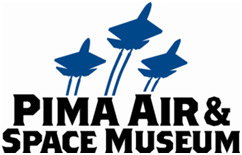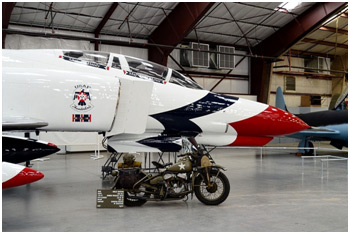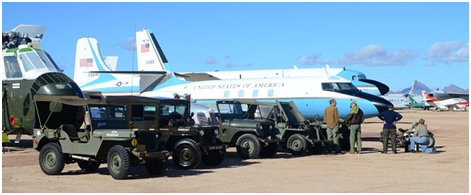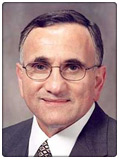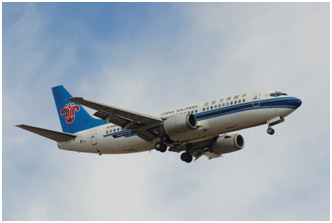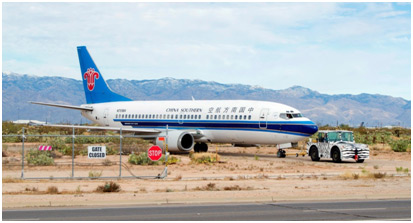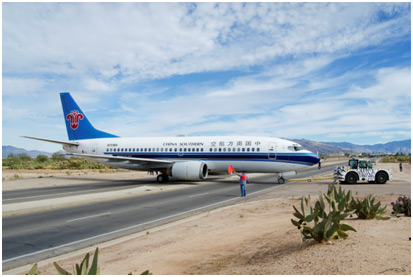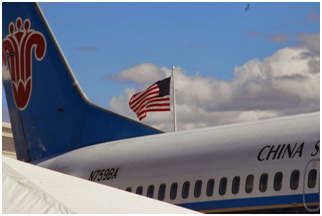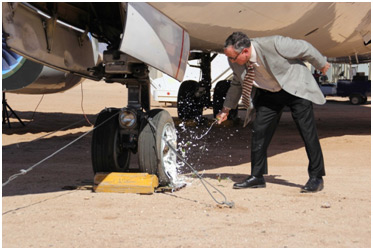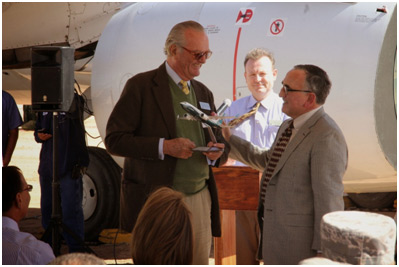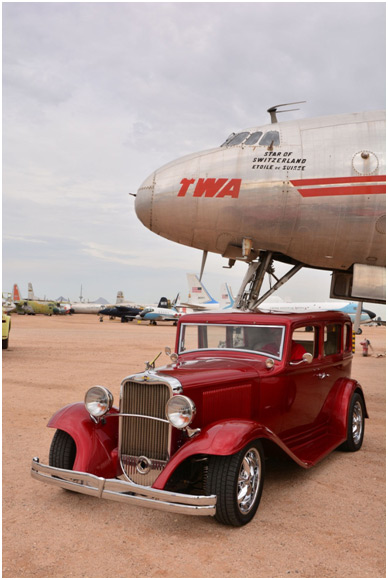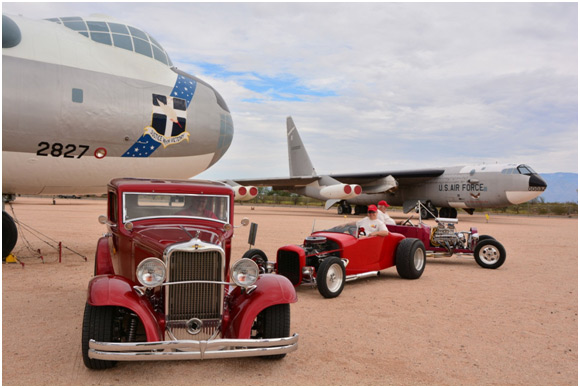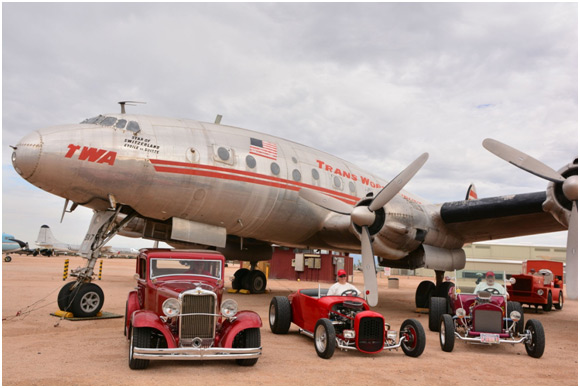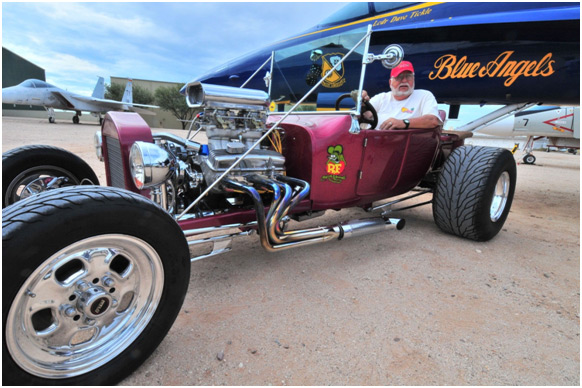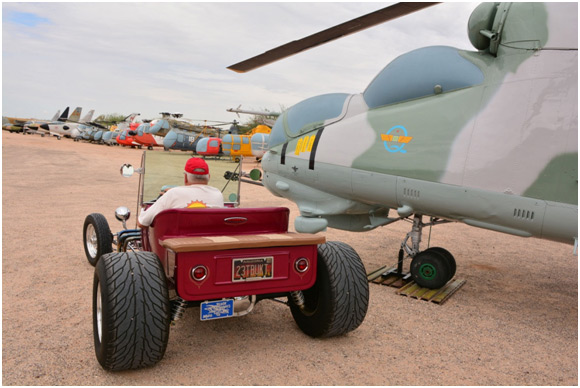FOR IMMEDIATE RELEASE
Mary E Emich
Director of Marketing, Sales and Visitor Services
Arizona Aerospace Foundation
6000 East Valencia Rd
Tucson, AZ 85756
Phone 520 574-0462
This email address is being protected from spambots. You need JavaScript enabled to view it.
CANDY BOMBER TO HELP SANTA AFTER HE LANDS AT PIMA AIR & SPACE MUSEUM
Tucson—Nov. 27, 2013. Col. Gail S. Halvorsen (Ret.), the world-renown Candy Bomber of the humanitarian Berlin Airlift fame, will help Santa Clause hand out candy after Santa arrives by helicopter on Sat., Dec. 14, 2013 at the Pima Air & Space Museum. The museum will open early, at 8:30am, offering a special breakfast buffet (additional charge) from their restaurant, Flight Grill, with Santa scheduled to land at 10:45am.
To facilitate families enjoying all of the museum’s offerings: the aircraft, festivities, petting zoo, crafts, etc., allotted entry times to line up for Santa will be assigned as families enter the museum. (Members can enter the Santa line at any time.) Parents are encouraged to bring their own cameras to capture their young one’s visit with Santa. After children sit on Santa’s lap, Col. Halverson will hand out candy canes.
The first 1500 children through the door will receive a commemorative jingle bell ornament.
In addition to viewing the museum’s great planes, there will be assorted holiday crafts and special activities including:
o storytime readings by Mina Stafford, Pima Air & Space’s Curator of Education, of the children’s book, “Mercedes and the Chocolate Pilot.” “Mercedes and the Chocolate Pilot” tells the true story of a seven-year-old girl who lived in West Berlin during the airlift and the candy that dropped from the sky
o find the Disney “Planes” scavenger hunt with stickers (participants also receive a full-size Disney movie poster as they leave the museum, while supplies last of 800 posters)
o a Rockin’ Star Ranch petting zoo
o letter writing to Santa
o glider assembly
o ornament decorating
o temporary holiday tattoos
o 10% holiday savings in the Pima Air & Space Museum Store (members receive a total 20% savings!) Saturday 12/14/13 only
“I’m delighted to help. I enjoy seeing the children’s smiles but especially the hope in their eyes,” stated the 92-year-old Halvorsen. He continued, “It was the hope that someday things would be better that helped the Germans understand that even after the war, the Americans cared.”
The children’s book and Halvorsen’s own book, “The Berlin Candy Bomber” will be available for purchase in the Museum Store. Regular museum daily admission rates apply: $12.25 for Pima County residents, $15.50 for adults, $9 for Juniors ages 7-12, and FREE for children ages 6 & Under (and members).
ABOUT PIMA AIR & SPACE MUSEUM
Be wowed at Pima Air & Space Museum, one of the largest aviation museums in the world and the largest non-government-funded in the U.S. (TripAdvisor ranks it in the Top 10% worldwide for excellent ratings.) Its significant collection, 300 strong from around the globe, covers commercial, military and civil aviation alongside more than 125,000+ artifacts, including a moon rock donated by Tucsonan and Astronaut Frank Borman. Be amazed by many all-time great aircraft: the SR-71 Blackbird (the world’s fastest spy plane); a B-29 Superfortress (the WWII bomber that flew higher, farther and faster plus carried more bombs); the world’s smallest bi-plane; the C-54 (the Berlin Airlift’s star flown by the famous “Candy Bomber” Col. USAF (Ret.) Gail Halvorsen, a Tucson-area winter resident); plus planes used as renowned-contemporary-artists’ canvases, including Brazilian graffiti artist Nunca. Explore five large hangars totaling more than 189,000 indoor square feet—four+ football fields¬—of air/space craft, heroes’ stories and scientific phenomena. Two+ hangars are dedicated to WWII, one each to the European and Pacific theaters. Pima Air & Space maintains its own aircraft restoration center. It also operates exclusive tours of the “Boneyard,” aka the 309th Aerospace Maintenance and Regeneration Group (AMARG) on Davis-Monthan Air Force Base, plus offers a docent-led tram tour of its 80 acres (additional fees apply). Pima Air & Space Museum is located at 6000 E. Valencia Rd., just off I-10 exit 267, in Tucson. More information can be found at www.pimaair.org, on Facebook at www.facebook.com/PimaAirAndSpace or by calling 520 574-0462.
###
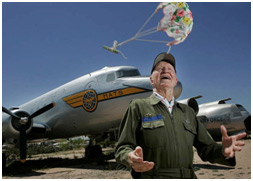
PASM C-54 Parachute 08 = Col. Halvorsen tossing a handkerchief parachute with candy similar to the ones dropped from the C-54 cargo plane in the background during the Berlin Air Lift. Staff photo
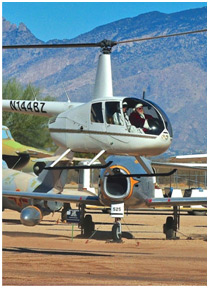
PASMSanta lands 2012_RB = Santa coming in for a landing at Pima Air & Space Museum in 2012. Photo by Rick Barrett
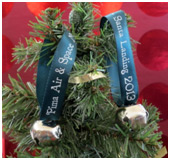
PASMSantaLandingBells = 2013 Jingle Bell Ornament to be given to the first 1500 children at Santa’s Landing on Dec. 14, 2013. Children ring the bell as Santa lands to welcome him to Tucson. Staff photo
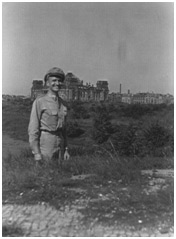
Photo HalvorsenTiergarten 48 = Col. Halvorsen in Germany in 1948 during the Berlin Air Lift. U.S. Air Force photo
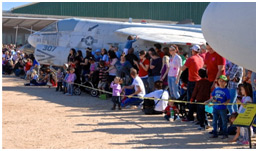
Santa landing 2012 _1 = Excited children watching Santa land in a helicopter at Pima Air & Space Museum
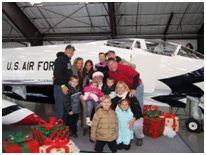
PASMSantaLandFamily = A family gathers round Santa for a group photo after watching Santa land at the Pima Air & Space Museum
